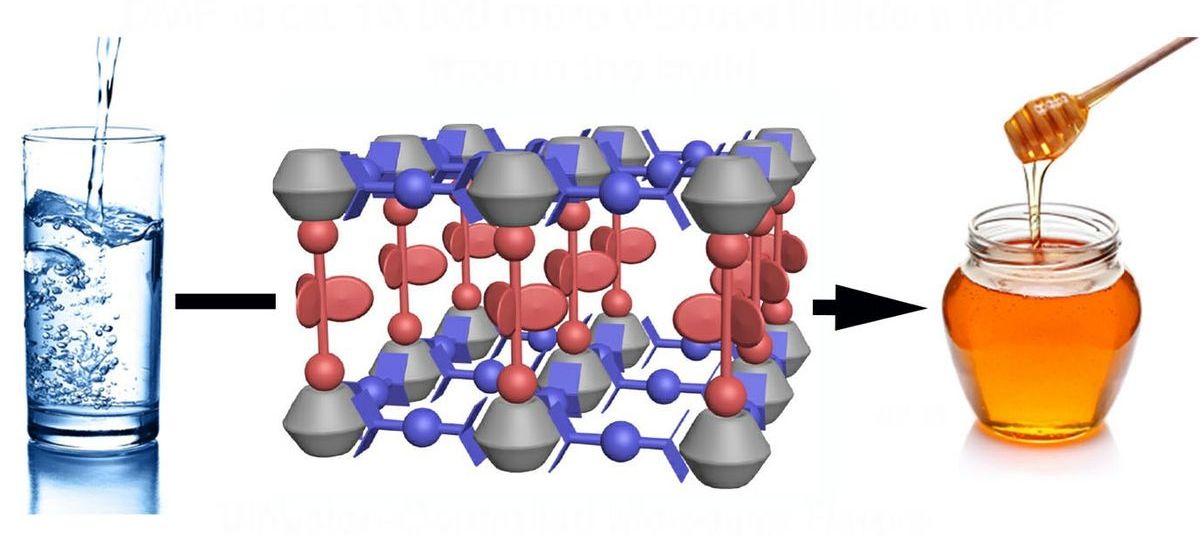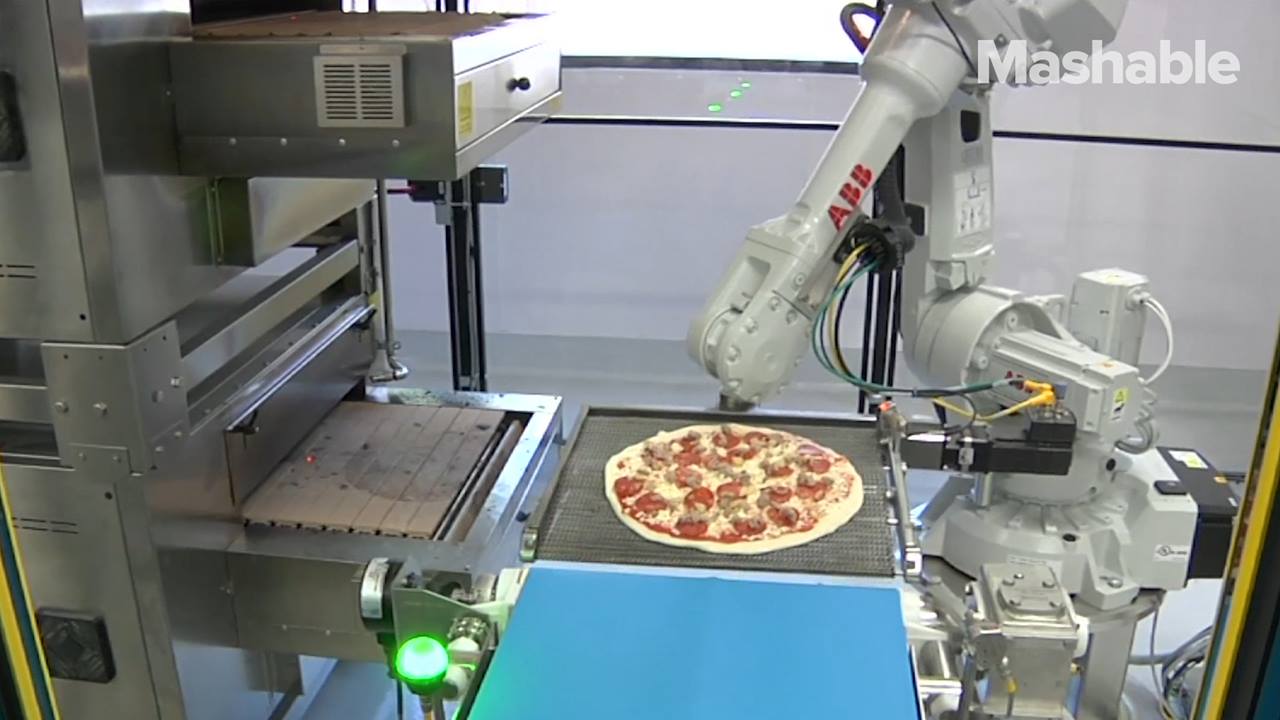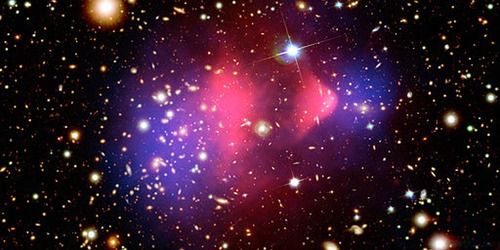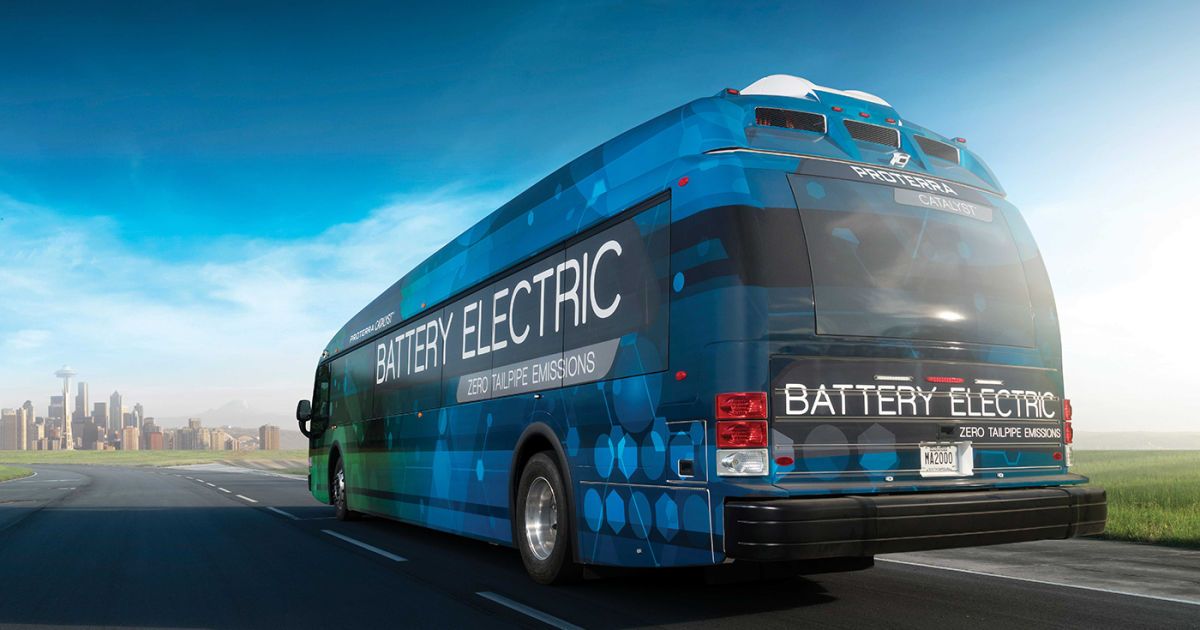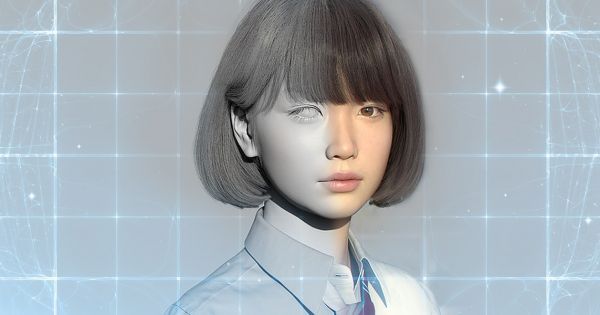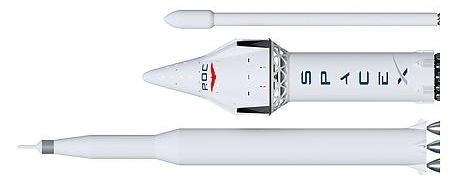Sep 14, 2016
UCLA chemists report new insights about properties of matter at the nanoscale
Posted by Karen Hurst in categories: chemistry, nanotechnology
UCLA’s new method to smaller molecule machines.
UCLA nanoscience researchers have determined that a fluid that behaves similarly to water in our day-to-day lives becomes as heavy as honey when trapped in a nanocage of a porous solid, offering new insights into how matter behaves in the nanoscale world.
“We are learning more and more about the properties of matter at the nanoscale so that we can design machines with specific functions,” said senior author Miguel García-Garibay, dean of the UCLA Division of Physical Sciences and professor of chemistry and biochemistry.
Continue reading “UCLA chemists report new insights about properties of matter at the nanoscale” »
